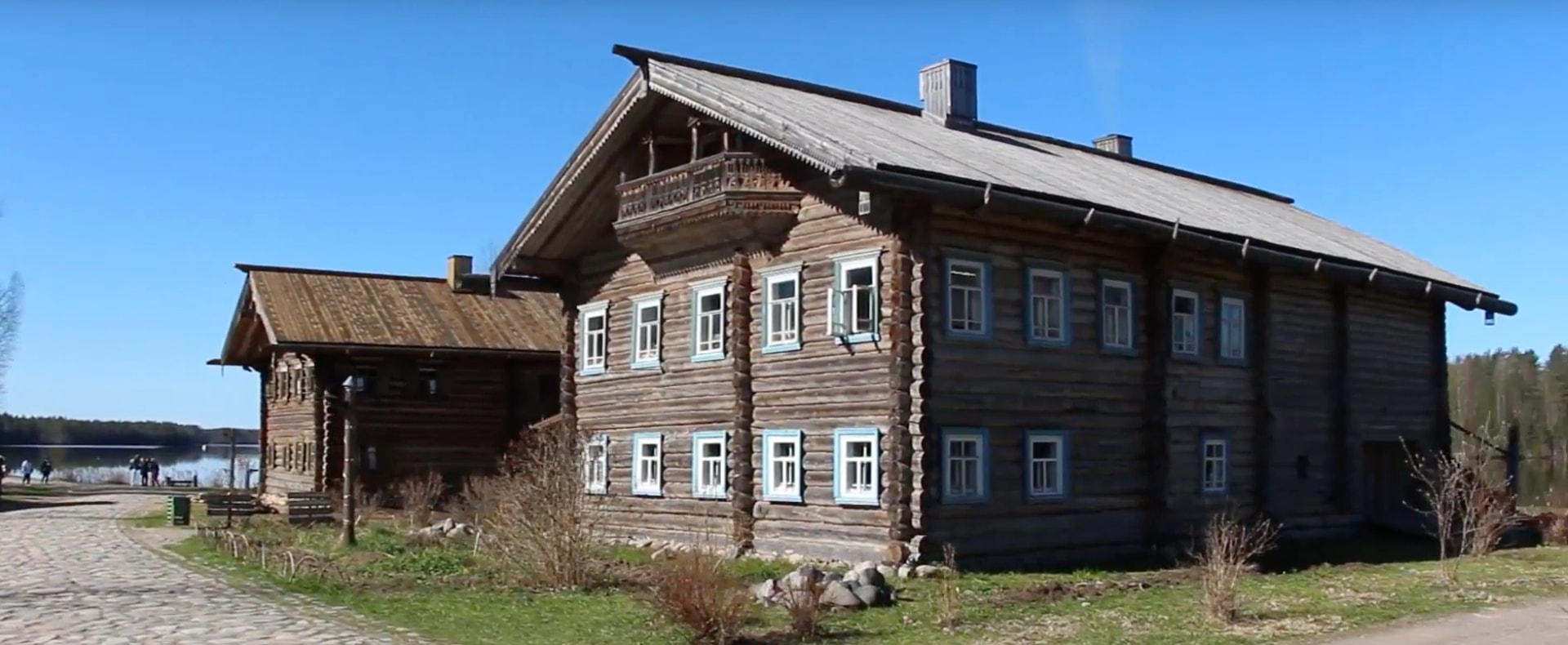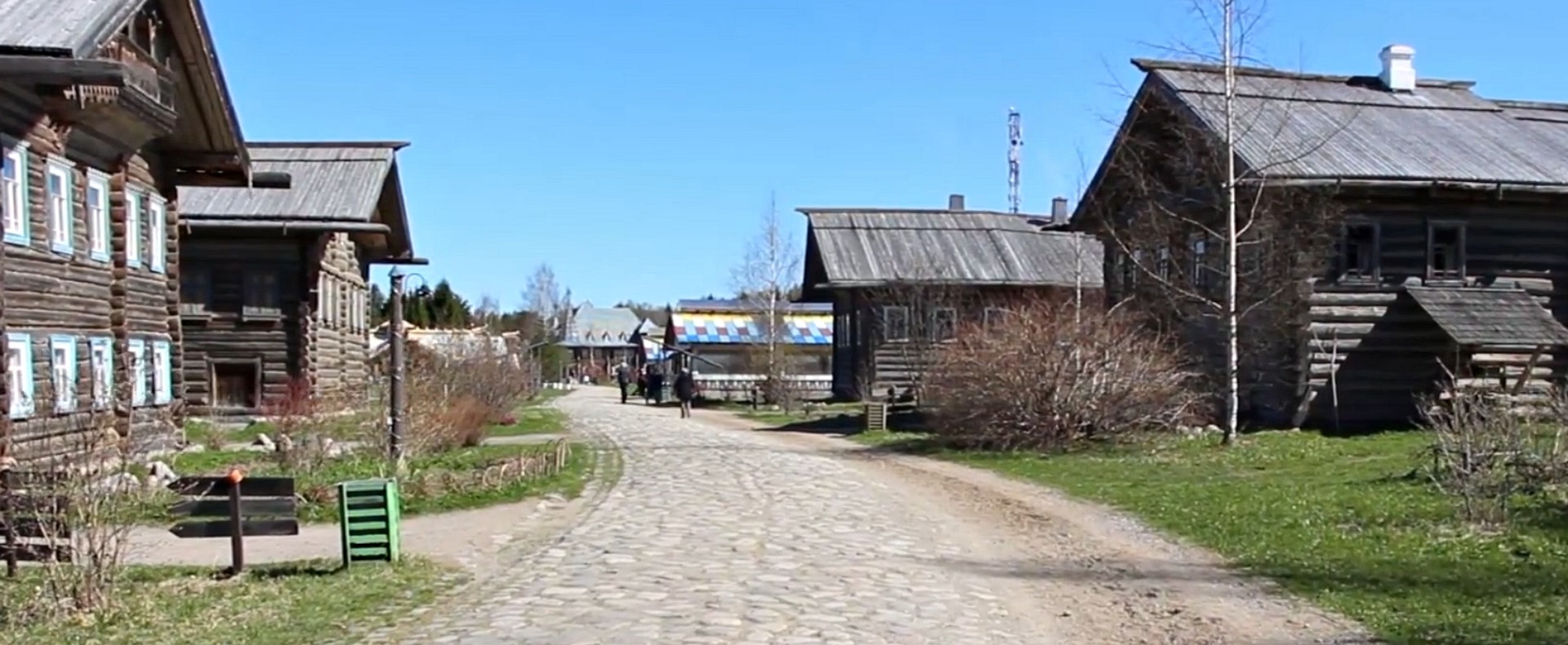Why Explore Mandrogi
The north shore of Lake Ladoga contains many fascinating sights that have been around since Peter the Great moved the capital to the shores of the nearby Baltic Sea. One of the most beautiful of them, located just beyond the archipelago monastery of Valaam, is a small village settled in the 18th century on the left bank of the Svir River - Mandrogi.
Prior to World War II Mandrogi was a quintessential Karellian mill town, a fishing settlement hardly touched by time. The war left it a burnt ruin, but after the Soviet Union fell, a group of Russian investors bought the land and invited the best of the region’s woodworkers to use their creativity and traditional skills to restore the town to its former glory. Between 1996 and 1999 the traditional buildings were restored, and today the settlement is called Upper Mandrogi (Verkhny Mandrogi).
What to Do in Mandrogi
Passengers traveling between St. Petersburg and Moscow on a Russia river cruise along the most popular waterway route usually explore the cobbled streets of Upper Mandrogi. The intricate gingerbread-like traditional woodwork regularly attracts international tourists, many of whom spend a day getting to know the local museums, each featuring a different aspect of Russian culture and folklife.
The most popular museum there is the Museum of Russian Vodka. It contains a collection of 2,800 different types of vodka brought from all across the Russian Federation, with displays educating the guest on the varying ways in which this drink is produced.
Joining this popular attraction are craft workshops where painting and wood carving, weaving, lacework, and pottery are demonstrated. There is even a petting zoo that contains local plants and animals, and a quail farm that features fresh quail eggs.




